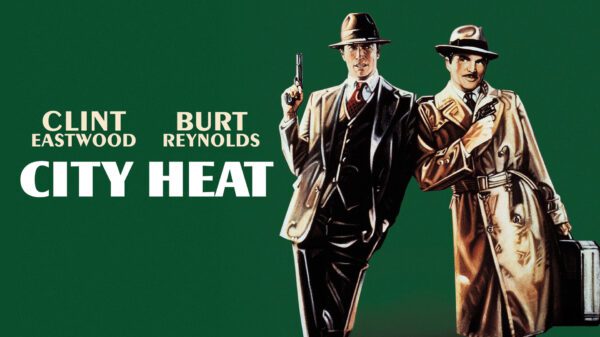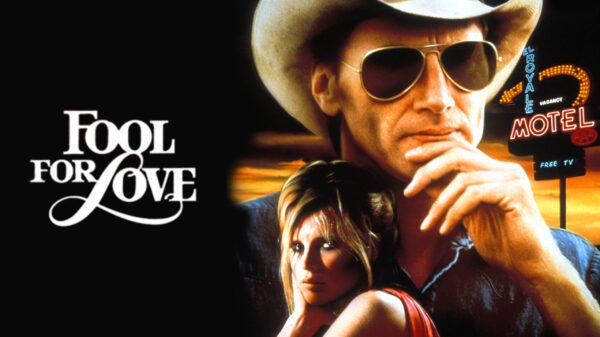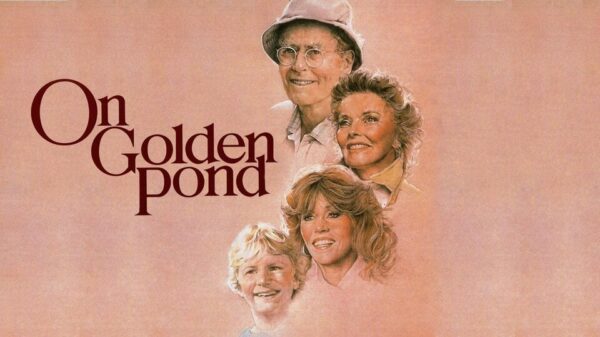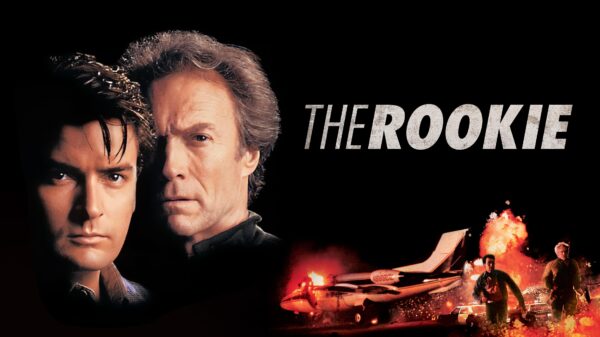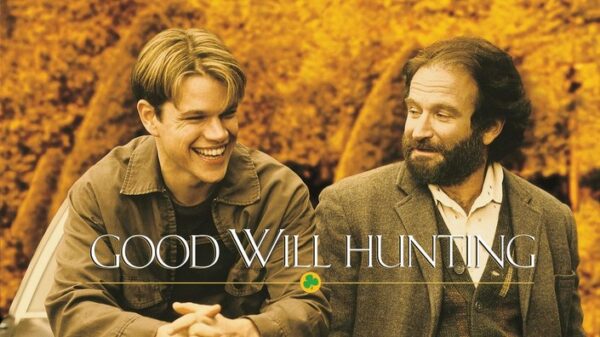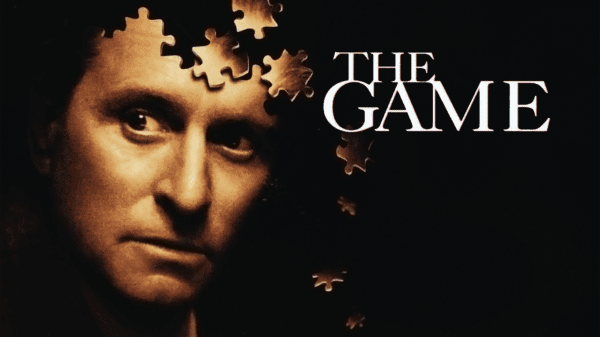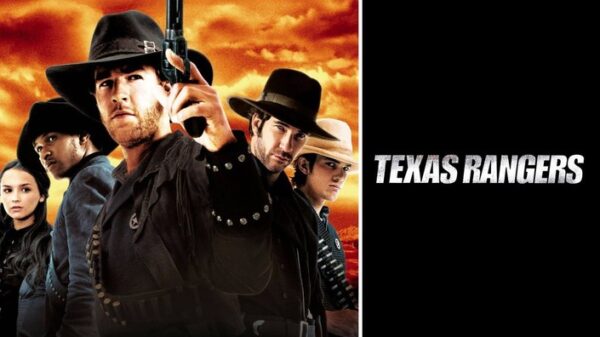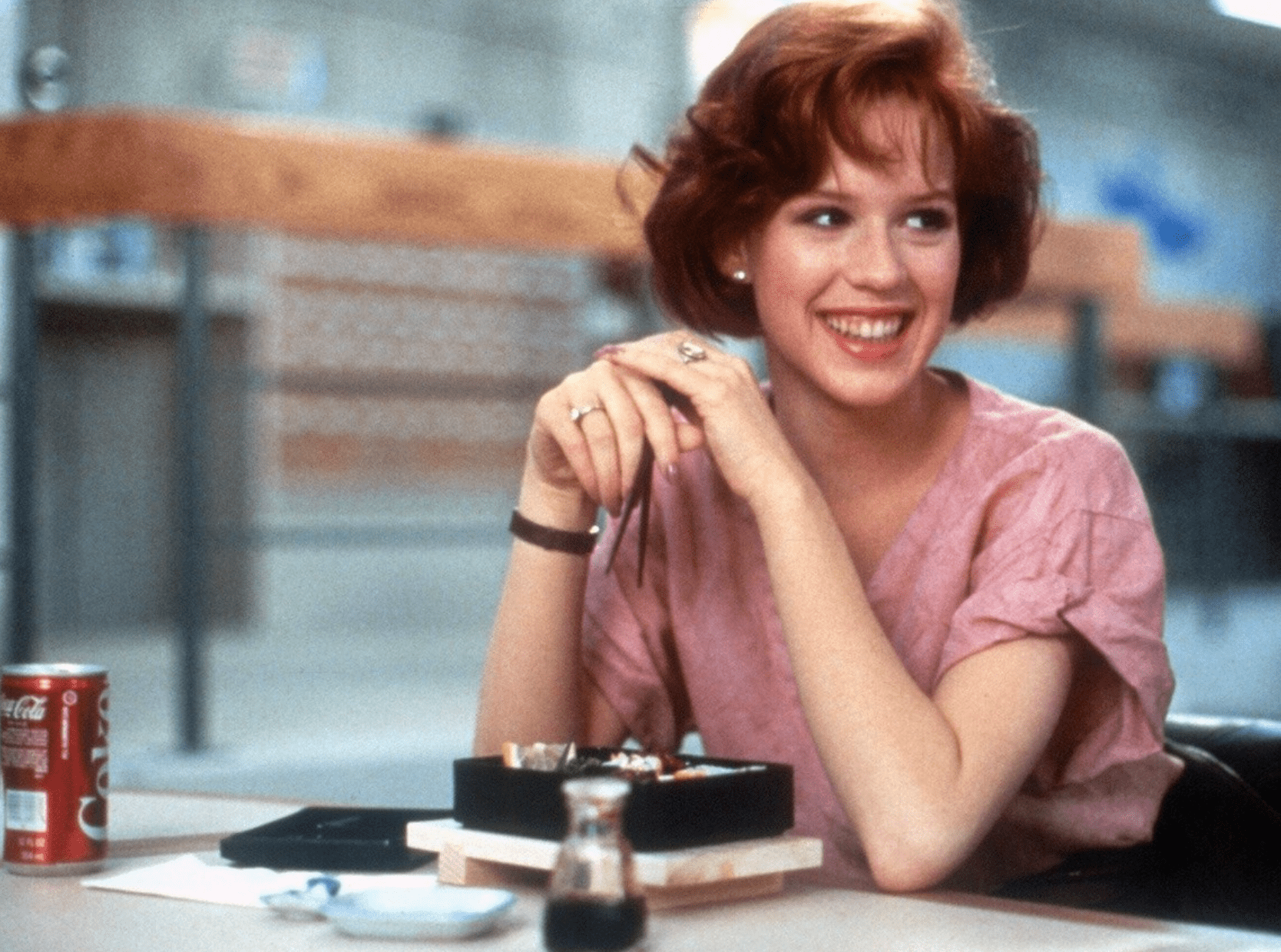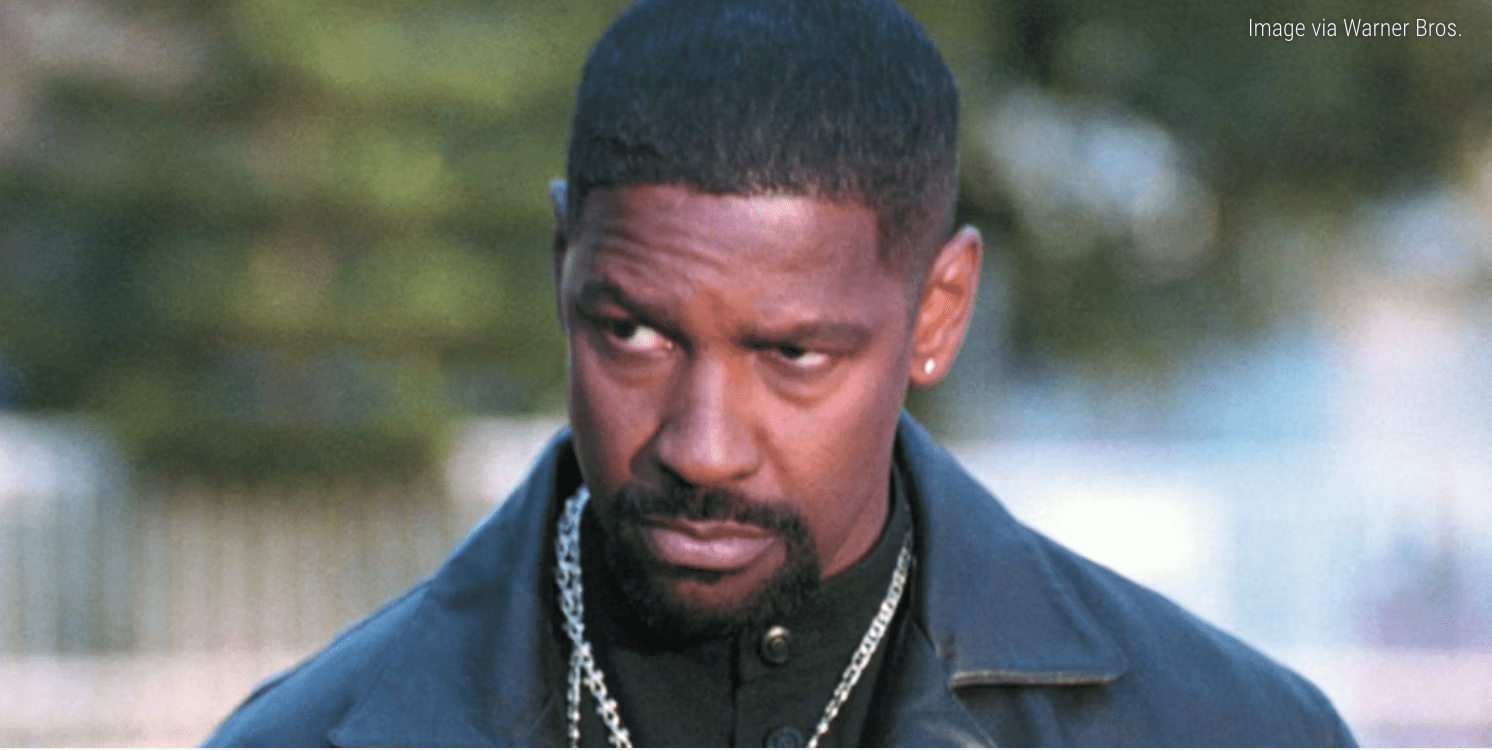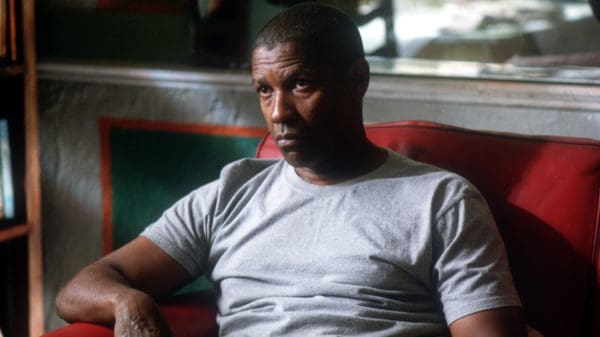With her trademark red hair and affable charm, Molly Ringwald became the face of teenage angst and dreams in the 1980s. As a prominent “Brat Pack” member, her performances in a series of coming-of-age films immortalized her as the quintessential teenage girl of the decade. But while her on-screen roles defined a generation, Ringwald’s journey through Hollywood was also marked by her attempts to shed the very image that made her famous.
The Iconic Roles That Helped Define Generation X
Ringwald’s rise to fame was meteoric, thanks to her collaborations with director John Hughes, who was known for capturing the essence of teenage life. Her first significant role was in Sixteen Candles (1984), where she played Samantha Baker, a girl whose sweet sixteen turns sour when her family forgets her birthday amongst the clamor of her sister’s wedding the next day. This role introduced Ringwald as the prototype for the 80s girl next door, someone who was awkward yet endearing, a character many teens could see themselves in.
Following Sixteen Candles, Ringwald starred in The Breakfast Club (1985) as Claire Standish, the “princess” in a group of five distinctly different teenagers who serve detention on a Saturday morning. The film, which has since become a cult classic, explored the various cliques and stereotypes of high school life, with Ringwald’s character representing the popular yet misunderstood girl. Her portrayal was nuanced, showing that even the seemingly perfect teen had her own struggles. The film shows how five people who are unlike each other in every way can bond and can be found almost any weekend on some cable channel.
In Pretty in Pink (1986), Ringwald played Andie Walsh, a girl from the wrong side of the tracks who falls for a rich boy, Blane. The film, which dealt with class and social status themes, further solidified Ringwald’s status as the voice of the 80s teen. Her character’s DIY fashion sense and determination to be true to herself resonated with audiences, making her a fashion and cultural icon. Alongside Ringwald was John Cryer, who played his breakout role as “Duckie.” The movie boasts a soundtrack that subsequent generations have embraced as their own.
A Member of the “Brat Pack”
Ringwald was also a key member of the “Brat Pack,” a group of young actors who frequently appeared together in teen-oriented films of the 1980s. This group included actors like Emilio Estevez, Judd Nelson, and Anthony Michael Hall, among others. Their movies, often focused on the trials and tribulations of teenage life, became defining movies of the decade. Ringwald’s image as the quintessential 80s teen was set in stone as a member of this group, with her roles often being the most memorable.
The “Brat Pack” phenomenon was not just about the movies but also about the culture surrounding them. The group’s off-screen camaraderie and how they were portrayed in the media contributed to their iconic status. Ringwald, as the only female member to achieve such high-profile success, stood out as the definitive female voice of this era.
Breaking Away from the Teenage Image
As the 1980s came to a close, Ringwald sought to break free from the teenage girl image that had brought her so much fame. To avoid being typecast, she turned down roles in what would become major films, such as Pretty Woman and Ghost. Ringwald wanted to explore more adult roles and be seen as a serious actress rather than just a teen idol.
Her attempts to transition, however, were met with mixed success. In the late 80s and early 90s, Ringwald moved to Paris and starred in several French films, hoping to reinvent herself. Although these roles allowed her to showcase her range as an actress, they achieved a different level of success than her earlier work.
Ringwald’s desire to escape her teenage image also led to her distancing herself from Hollywood for a time. She took on smaller, independent projects and theater work, seeking more challenging and complex roles. Despite her efforts, the shadow of her 80s persona continued to loom, with audiences and critics often unable to separate her from her well-known roles as a teenager.
Hear T.J. and Jay review/analyze “Sixteen Candles” on this edition of our “We’ve Seen That!” Podcast by clicking play below,
Legacy of the 80s Teen Queen
Despite her efforts to move beyond her teen roles, Molly Ringwald’s legacy as the quintessential teenage girl of the 80s remains strong. Her performances in Sixteen Candles, The Breakfast Club, and Pretty in Pink continue to resonate with new generations of viewers. These films, now considered classics, capture the universal experiences of adolescence, making Ringwald’s characters timeless.
In recent years, Ringwald has embraced her status as an 80s teen idol, reflecting on her past with pride and nostalgia. She has appeared in various television roles, including a recurring role in the popular teen drama Riverdale, where she plays the mother of a teenage boy—a fitting full-circle moment in her career.
Molly Ringwald’s impact on 80s culture cannot be overstated. She was more than just an actress; she symbolized teenage life in a decade that celebrated youth. Her journey from teen idol to a more nuanced actress reflects the challenges of growing up in the public eye and the struggle to be seen for more than just one’s most famous roles. While she may have spent years trying to escape the image of the quintessential 80s teen, it is that very image that has made her a lasting icon in today’s popular culture.

